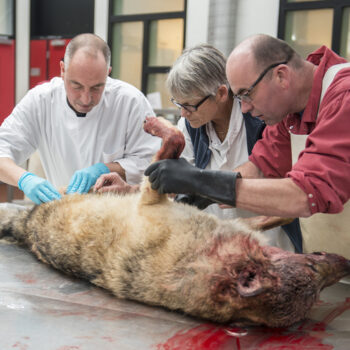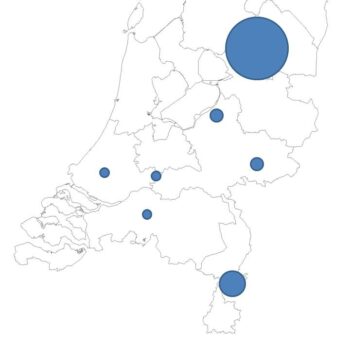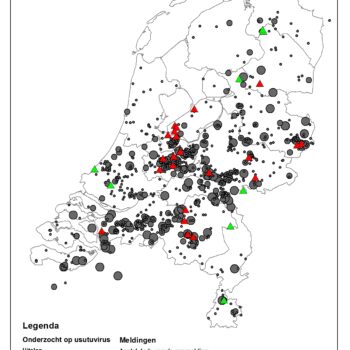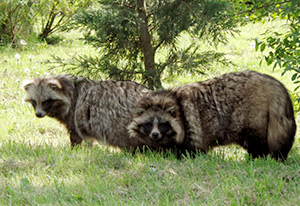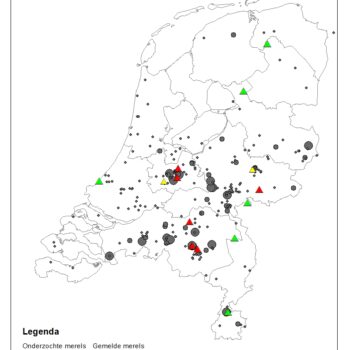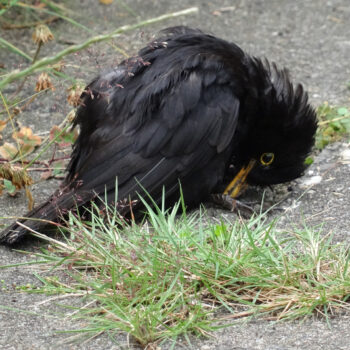Mixed diet for Nijswiller wildcat
At least nine bodies of prey were found in the stomach of the wildcat that was run over in the Dutch town of Nijswiller in February 2017. The animal was in good health and it appears that pure misfortune led to it being run over whilst crossing a country lane. Wildcats have been seen in the Netherlands for a few
Read more




